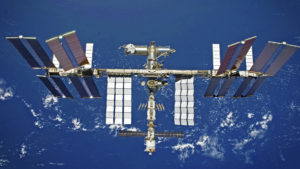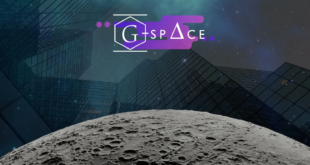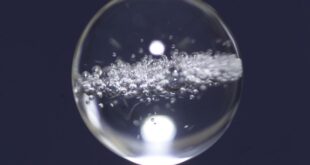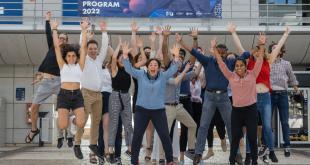by Jose Salgado

Integrated circuits, silicon solar cells, better vaccines, better materials, and new plant varieties are some of the benefits of experimenting and manufacturing in microgravity. But in general, achieving microgravity for long-term results is very expensive and for the most part, is heavily subsidized by agencies and governments, but can they translate the technological value into an economic one and creating new markets?
In their paper “The economics of microgravity research”, Jeanne DiFrancesco and John Olson make an interesting analysis about the relationship between market, value, and cost. “What makes a market function is an understanding of value. The value of a thing is what someone is willing to pay for it—not what it costs. Markets rely on parties understanding what things are worth. Government spending is plagued by a lack of understanding of value. In general, governments know what things cost, but not what they are worth.
The cost of doing research in space can be substantial. However, the opportunities to conduct experiments on both terrestrial- and space-based microgravity platforms provide researchers with a wide range of capabilities, which, when leveraged can reduce the overall cost of research to create the best possible results for the funds that will be spent.”
Some private companies are taking advantage of these opportunities, like the German-based yuri, which is a one-stop-shop for research and manufacturing in microgravity. Their plan for the upcoming years is to build fully automated space labs and factories that are not limited to the ISS, but can also be set up on free-flying space capsules.
So what are the case studies that make microgravity a viable investment? Mark Kugel, co-founder, and CCO at yuri answers: “We see a variety of exciting commercial use-cases that improve life on Earth and are economically viable already today. For example, to develop a new drug or vaccine, scientists often grow proteins or viruses in a crystal structure to better understand its shape and function. Growing these crystals on Earth is difficult, as – due to gravity – those crystals don’t grow as large and pure as scientists want them to be.
If you grow such a crystal in microgravity, however, they tend to be larger in size and with fewer defects, due to the lack of gravity. Now depending on the use-case, pharma companies spend $200-$700k to grow a single crystal in good quality. We at Yuri can run a crystal growth experiment for less than $200k on the space station. So this would close the business case most of the time.”
It is very hard to estimate a market value for activities in microgravity because there are currently many ways to obtain that phenomena, like orbital and suborbital vehicles, parabolic flights, drop towers, clinostats, and random positioning machines. However, a paper published by SGAC, says: “It is safe to assume that the current spending in microgravity research in Europe, is clearly above 15 million € per year.”

Jose Salgado is a space industry commercial consultant and founder of D-Construct Space. www.dconstruct.space
Article first published in Cosmo magazine.





